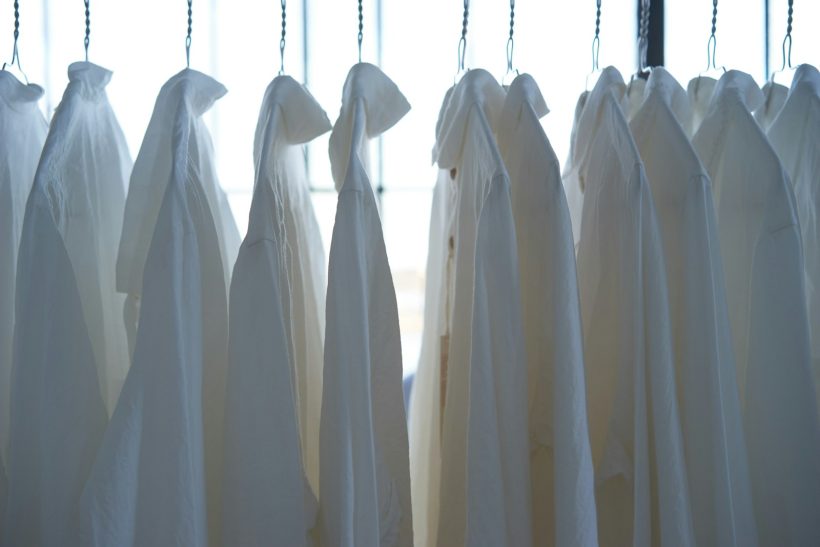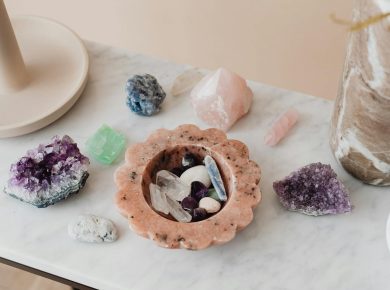Introduction
Sustainable Natural Materials in Second Skin Clothing Explained fashion is more than a buzzword; it’s a movement that’s here to stay. As environmental concerns rise, more people are seeking eco-friendly options in all aspects of their lives, including their wardrobes. The shift towards sustainable fashion is driven by a desire to reduce our environmental footprint while still enjoying stylish and comfortable clothing.
Definition and Importance of Second Skin Clothing

Second skin clothing refers to garments that fit snugly and comfortably against the body, providing a sensation akin to a second layer of skin. These clothes are designed to move with you, offering unparalleled comfort and flexibility. Natural materials are particularly suited for this type of clothing because of their inherent breathability, softness, and adaptability.
Why Natural Materials?

Environmental Impact
Natural materials like organic cotton, bamboo, and hemp are sourced from renewable resources and require fewer chemicals and less water to produce compared to synthetic fabrics. They are also biodegradable, meaning they won’t contribute to long-term waste in landfills.
Health Benefits
Natural fibers are often hypoallergenic and free from harmful chemicals, reducing the risk of skin irritations and allergies. They also allow the skin to breathe, which is essential for maintaining skin health and comfort.
Performance Advantages
Natural materials excel in performance, offering superior breathability, moisture management, and temperature regulation. They are durable and can withstand the rigors of daily wear and frequent washing without losing their shape or comfort.
Types of Natural Materials
Organic Cotton
Sustainable Production
Organic cotton is grown without synthetic pesticides or fertilizers, which promotes biodiversity and soil health. It uses significantly less water and energy compared to conventional cotton, making it a sustainable choice.
Comfort and Breathability
Organic cotton is incredibly soft and breathable, making it ideal for garments worn close to the skin. It allows air to circulate, keeping you cool and comfortable throughout the day.
Common Uses
Due to its softness and breathability, organic cotton is perfect for undergarments, t-shirts, and loungewear. It provides a gentle, natural feel against the skin, enhancing overall comfort.

Bamboo Fabric
Eco-Friendly Production
Bamboo grows quickly without the need for pesticides or excessive water, making it a highly sustainable resource. The process of converting bamboo into fabric can also be environmentally friendly, depending on the methods used.
Moisture-Wicking Properties
Bamboo fabric is highly absorbent and moisture-wicking, drawing sweat away from the skin and allowing it to evaporate quickly. This keeps you dry and comfortable, even during intense physical activity.
Uses in Activewear
Thanks to its moisture-wicking and antibacterial properties, bamboo fabric is ideal for activewear. It’s commonly used in yoga pants, workout tops, and socks, providing comfort and performance during workouts.
Merino Wool
Ethical Sourcing
Merino wool comes from Merino sheep, which are often raised using ethical and sustainable farming practices. Shearing the sheep is harmless and necessary for their health, making Merino wool an ethical choice.

Thermoregulation
Merino wool is known for its fine, soft fibers that provide excellent insulation and thermoregulation. It keeps you warm in cold weather and cool in hot weather, making it versatile for all seasons.
Best Applications
Merino wool is ideal for base layers, outdoor clothing, and socks. Its ability to regulate temperature and resist odors makes it perfect for active and outdoor lifestyles.
Silk
Natural Production Process
Silk is produced by silkworms and is harvested from their cocoons. The process can be managed sustainably, ensuring minimal impact on the environment.
Skin Benefits
Silk is incredibly soft and smooth, reducing friction against the skin. This makes it perfect for sensitive skin and helps prevent irritation and wrinkles.
Versatile Uses
Silk is used in a wide range of garments, including lingerie, blouses, and sleepwear. Its luxurious feel and natural shine make it a popular choice for both comfort and style.
Hemp
Environmental Benefits
Hemp is one of the most sustainable crops, growing quickly and requiring minimal water and no pesticides. It also improves soil health by replenishing nutrients and preventing erosion.
Durability and Strength
Hemp fibers are incredibly strong and durable, making the fabric long-lasting. It also becomes softer with each wash, enhancing its comfort over time.
Fashionable Uses
Hemp is used in casual wear, outdoor clothing, and accessories. Its durability and comfort make it a versatile choice for various fashion applications.
Linen
Sustainable Production
Linen is made from the flax plant, which requires minimal water and pesticides to grow. The entire plant is utilized in production, reducing waste and promoting sustainability.
Cooling Properties
Linen is highly breathable and absorbs moisture without holding bacteria. It dries quickly, making it ideal for hot and humid climates.
Ideal for Summer Wear
Linen is perfect for summer clothing, including dresses, shirts, and pants. Its cooling properties and natural texture provide both comfort and style.
Tencel (Lyocell)
Definition and Origin
Tencel, also known as lyocell, is a fiber made from sustainably harvested wood pulp, primarily from eucalyptus trees. It’s produced using a closed-loop process that recycles water and solvents, making it an eco-friendly choice.
Environmental Impact
The production of Tencel has a low environmental impact, using less water and energy compared to other fabrics. It is also biodegradable, reducing its footprint at the end of its life cycle.
Benefits and Uses
Tencel is soft, breathable, and moisture-wicking, making it ideal for sensitive skin. It’s commonly used in activewear, underwear, and casual clothing, offering comfort and performance.
Alpaca Wool
Sustainable and Ethical Sourcing
Alpaca wool is sourced from alpacas, primarily raised in South America. The animals are sheared annually in a process that is gentle and sustainable, ensuring their well-being.
Unique Properties
Alpaca wool is softer than traditional wool and offers excellent insulation. It is also hypoallergenic, making it suitable for sensitive skin.
Popular Applications
Alpaca wool is perfect for sweaters, scarves, and hats, providing warmth and comfort. Its unique properties make it a luxurious and sustainable choice for winter wear.
Cashmere
Ethical Considerations
Cashmere is sourced from cashmere goats, often raised in Mongolia and China. Ethical sourcing practices are crucial to ensure the welfare of the animals and the sustainability of the land.
Luxurious Feel and Warmth
Cashmere is renowned for its softness and warmth, providing a luxurious feel against the skin. It is perfect for high-end fashion garments and accessories.
Fashion Uses
Cashmere is used in a variety of fashion items, including sweaters, shawls, and scarves. Its luxurious feel and superior insulation make it a prized material in the fashion industry.
Advantages of Natural Dyes
Importance of Natural Dyes
Natural dyes are derived from plants, minerals, and other natural sources. They offer an eco-friendly alternative to synthetic dyes, which often contain harmful chemicals.
Types of Natural Dyes
Natural dyes can be categorized into several types based on their
Table of Contents
Outline
Introduction
- The growing trend of sustainable fashion
- Definition and importance of second skin clothing
Why Natural Materials?
- Environmental impact
- Health benefits
- Performance advantages
Types of Natural Materials
- Organic Cotton
- Sustainable production
- Comfort and breathability
- Common uses
- Bamboo Fabric
- Eco-friendly production
- Moisture-wicking properties
- Uses in activewear
- Merino Wool
- Ethical sourcing
- Thermoregulation
- Best applications
- Silk
- Natural production process
- Skin benefits
- Versatile uses
- Hemp
- Environmental benefits
- Durability and strength
- Fashionable uses
- Linen
- Sustainable production
- Cooling properties
- Ideal for summer wear
- Tencel (Lyocell)
- Definition and origin
- Environmental impact
- Benefits and uses
- Alpaca Wool
- Sustainable sourcing
- Unique properties
- Popular applications
- Cashmere
- Ethical considerations
- Luxurious feel and warmth
- Fashion uses
Advantages of Natural Dyes
- Importance of natural dyes
- Types of natural dyes
- Benefits and applications in fashion
Caring for Natural Fabrics
- Washing and drying tips
- Storage recommendations
- Maintaining longevity
Conclusion
- Summary of benefits
- Encouragement to choose natural materials
FAQs Second Skin Guide
- What are the main benefits of natural materials?
- Are natural materials cost-effective?
- How do natural materials compare to synthetic ones?
- Can natural materials be used in activewear?
- How can I ensure my clothes are eco-friendly?




